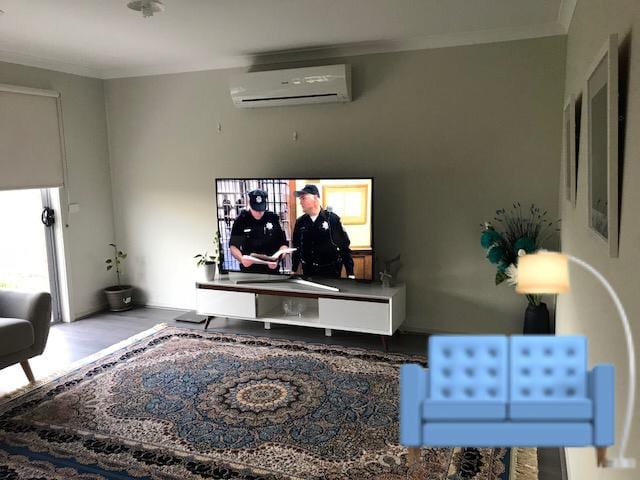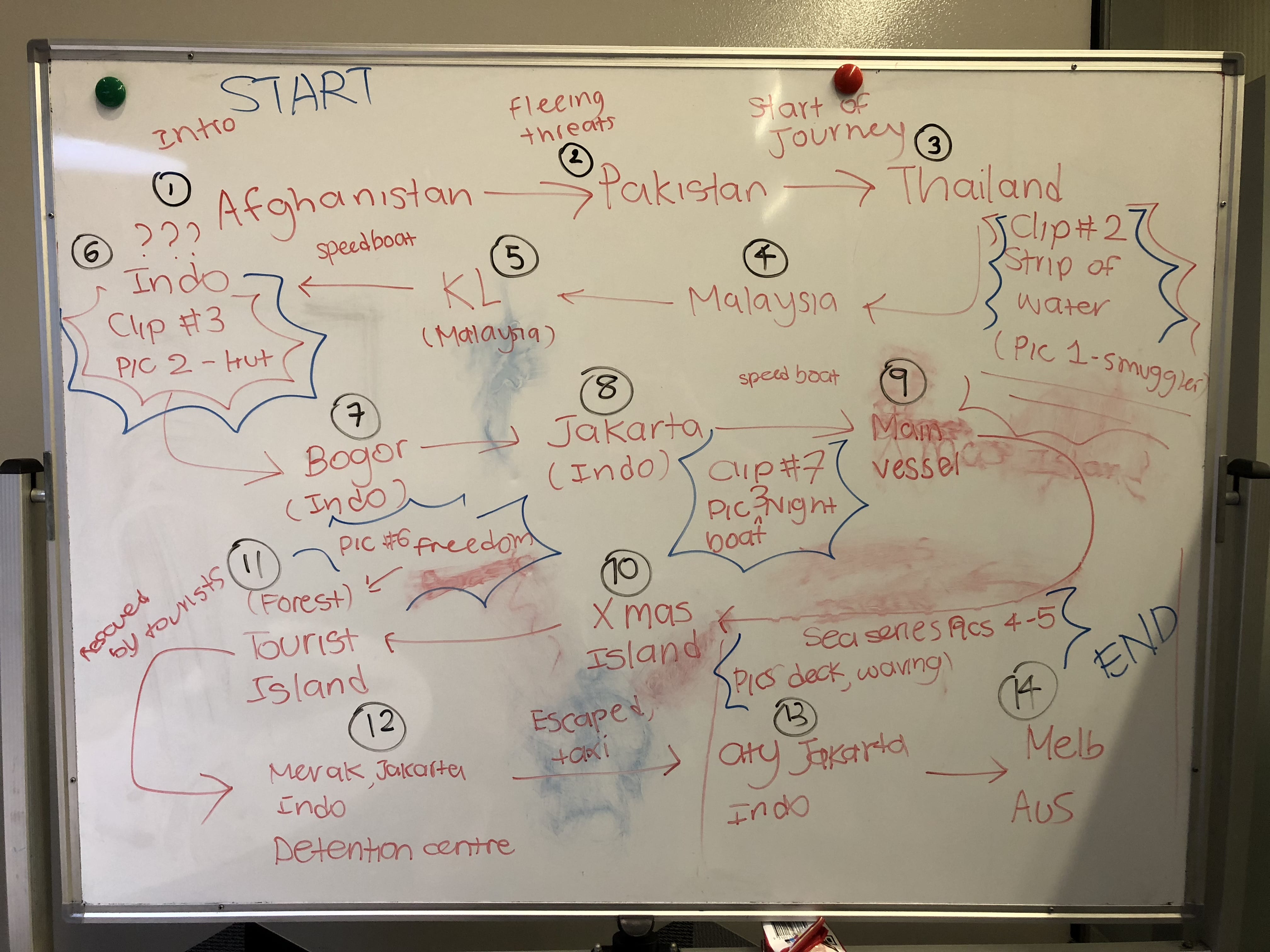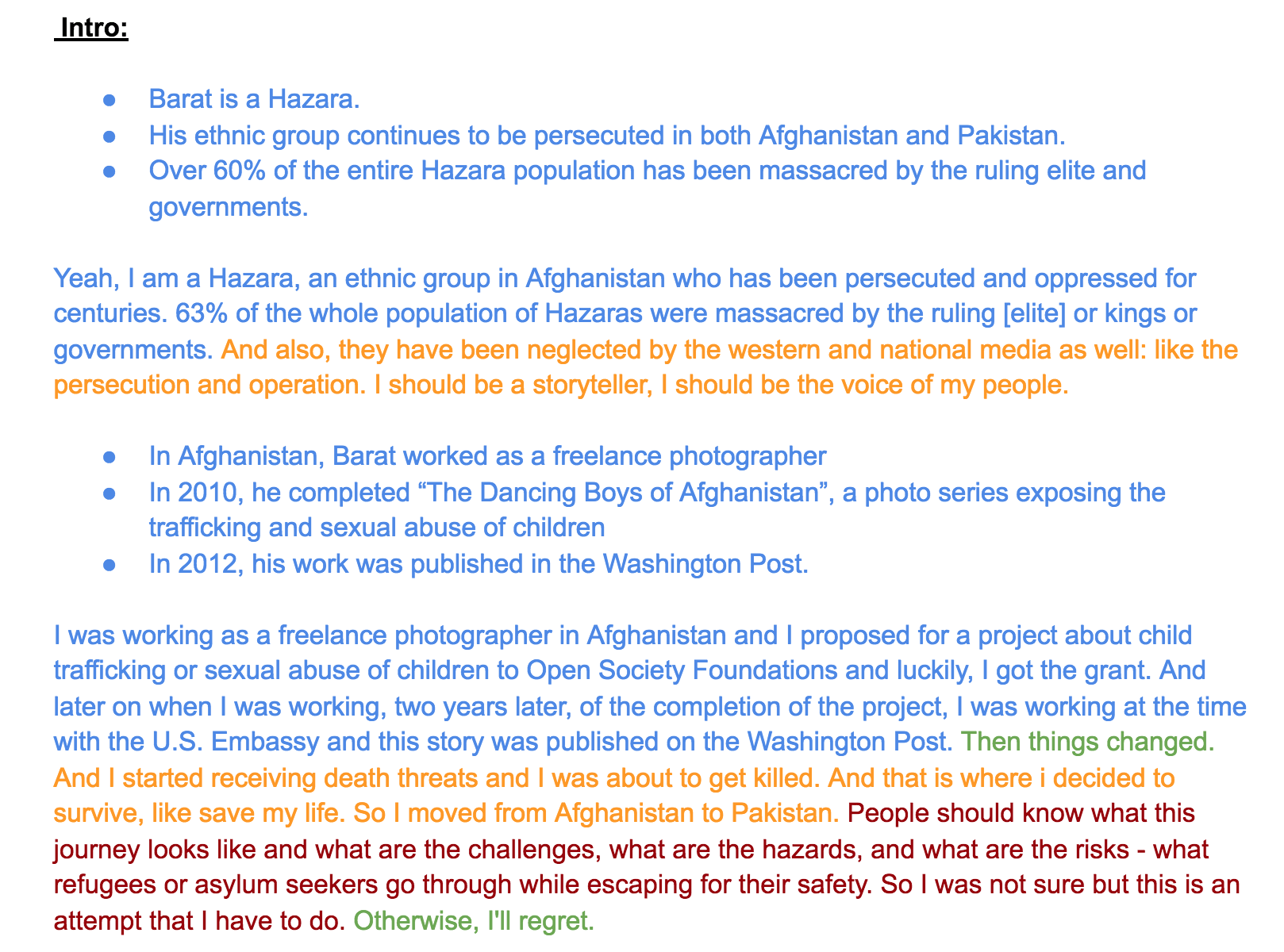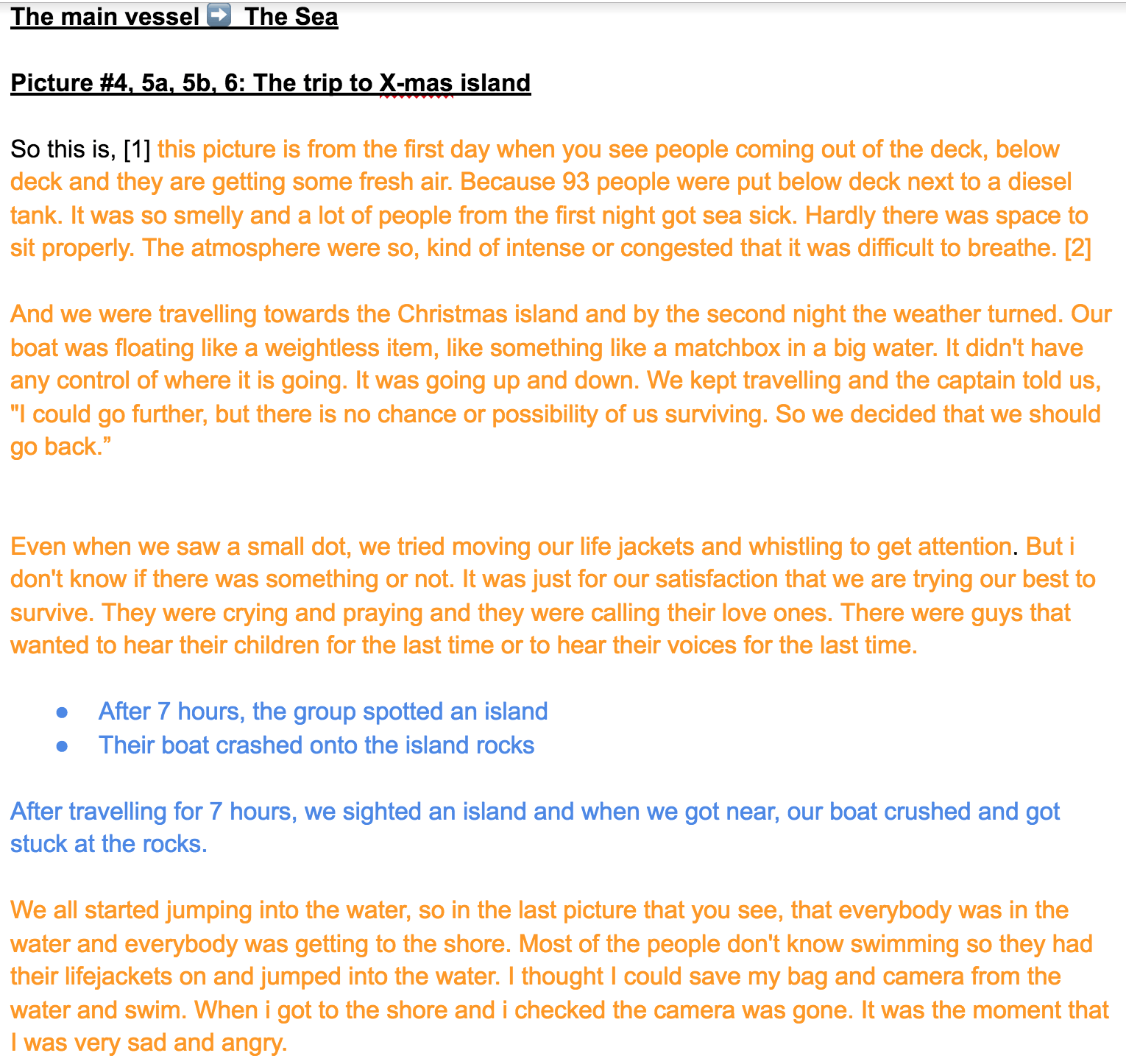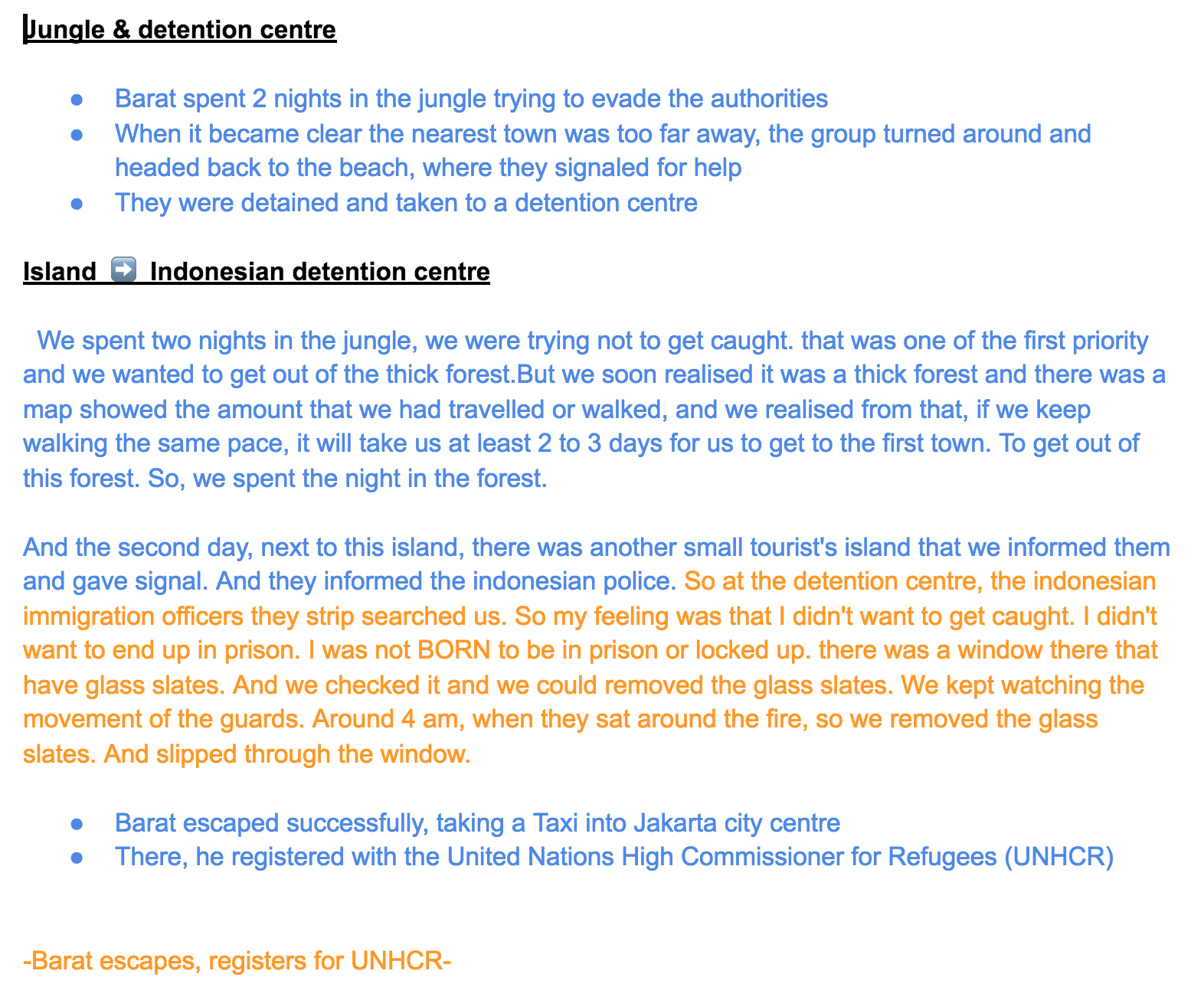The only other doco I remember which involves taking photographs and incorporating that medium into the film is “Born into Brothels” but its focus was less about serving the photos, compared to “The Salt of the Earth”.
Clearly an homage to Sebastião Salgado’s work, the film confidently opens with Wenders’ voice, “a film about the life of a photographer.”
“The Salt of the Earth” made me aware about the concept of directing the audience’s gaze within a frame. The approach to filmmaking was very much like in photography. “Maybe it’s good at the beginning, to remember where the word comes from. In greek, photo meant light; graph was writing, drawing. A photographer is literally somebody drawing with light; a man writing and rewriting the world with lights and shadows.” Accompanying this introduction, the audience follows the patches of soft light, slowly appearing in new places across the screen and expanding, before it they bleed into each other and are focused to reveal the first image. Then, we are given time to take it all in: to allow our gaze to fall onto different parts of the image, absorbing the detail and drama of the photo. For about thirty-five seconds, we observe the photo.
The use of strings in the music, like a drawl or a moan stretched in time, gave us further guidance to take our time viewing the images. It is not the first time Wenders had worked with composer Laurent Petitgand; it seems both makers and their work complimented each other well. The sound, reminiscent of a those made by a lyra or erhu, perhaps told of the hardship faced by many of Salgado’s photo subjects or Salgado’s pain of remembering what he had witnessed. There is the sense of pain, compassion and perseverance I picked up from the sounds; qualities in Salgado which Wenders kept highlighting through the latter’s narration.
“In the “dark room”, we ran through Sebastião’s entire photographic oeuvre, more or less in chronological order, for a good week. It was very difficult for him – and for us too behind the camera – because some of the accounts and journeys are deeply disturbing, and a few are genuinely chilling. Sebastião felt as if he was returning to these places, and for us, these internal journeys to the heart of darkness were also overwhelming. Sometimes we’d stop and I had to go out for a walk to get a bit of distance on what I’d just seen and heard.” – Wim Wenders
Interview with Wim Wenders. 2015. Sony Pictures Classics. Available at: http://sonyclassics.com/thesaltoftheearth/
I felt like being brought on a journey, making discoveries throughout film. Not only did Wenders and Juliano Salgado use light and music to direct our attention, they also played with movement and colour. I would think I was looking at a still image of Sebastião Salgado sitting on a rock until, given the time to absorb it, my eyes catch the slight movement of the leaves and bushes. It was as though the directors were playfully nudging us, “keep looking and tell me what you find.” This cinematic tactic, employed across the film, was a successful “bait”, something that encourages the audience to finish watching the film as we continued to question if what we’re watching is a photograph or a video.
The use of colour is both a storytelling device and a well-timed aesthetic choice. Colours first fade in at about 00:09:21, at which point I felt like a thirsty person who has finally received water. While the still and moving images were pleasing to look at, I am very used to expecting colours and the constant black-and-white was beginning to wear me out. By starving us just long enough before providing salvation, the audience never dropped their energy too long before being baited again by something else and pulled along to follow the story.
We come to learn that colours marked Salgado’s present time or his colourful life outside of his work as a photographer. These moments were interspersed like our recesses from viewing his darker-themed, black-and-white images.
J-cuts were used to gently introduce the next image or sub-topic. L-cuts were used to precede a pinter pause or a silent, breathing space for the audience; it marks either a shift in tone a change of topic. I really enjoyed how all the cinematic elements subtly bleed into each other to form this one fluid body.
And I respect how the directors allowed Salgado’s photos to take centre stage and bring to light the more important and relevant stories Salgado witnessed his subjects experience. While there was respect, there were also creative liberties.
 “Figures at a Glance”. 2018. UNHCR The UN Refugee Agency. Available at http://www.unhcr.org/en-au/figures-at-a-glance.html [19 June 2018]
“Figures at a Glance”. 2018. UNHCR The UN Refugee Agency. Available at http://www.unhcr.org/en-au/figures-at-a-glance.html [19 June 2018]